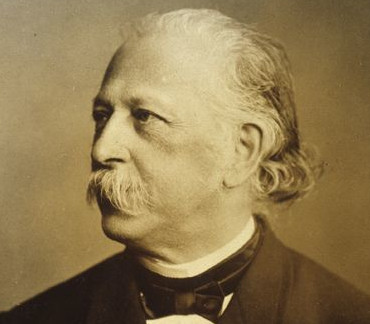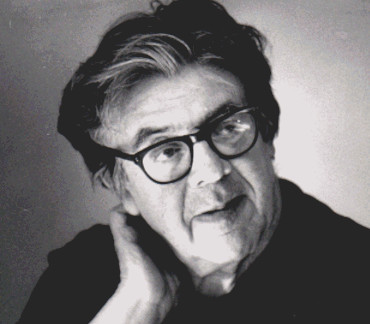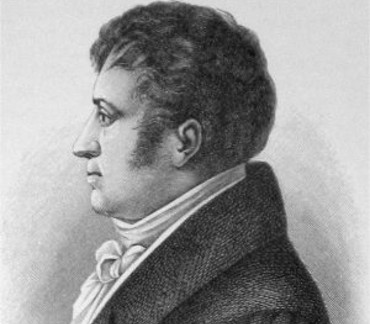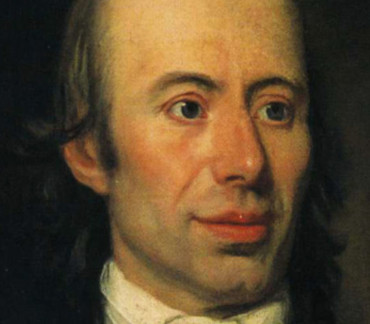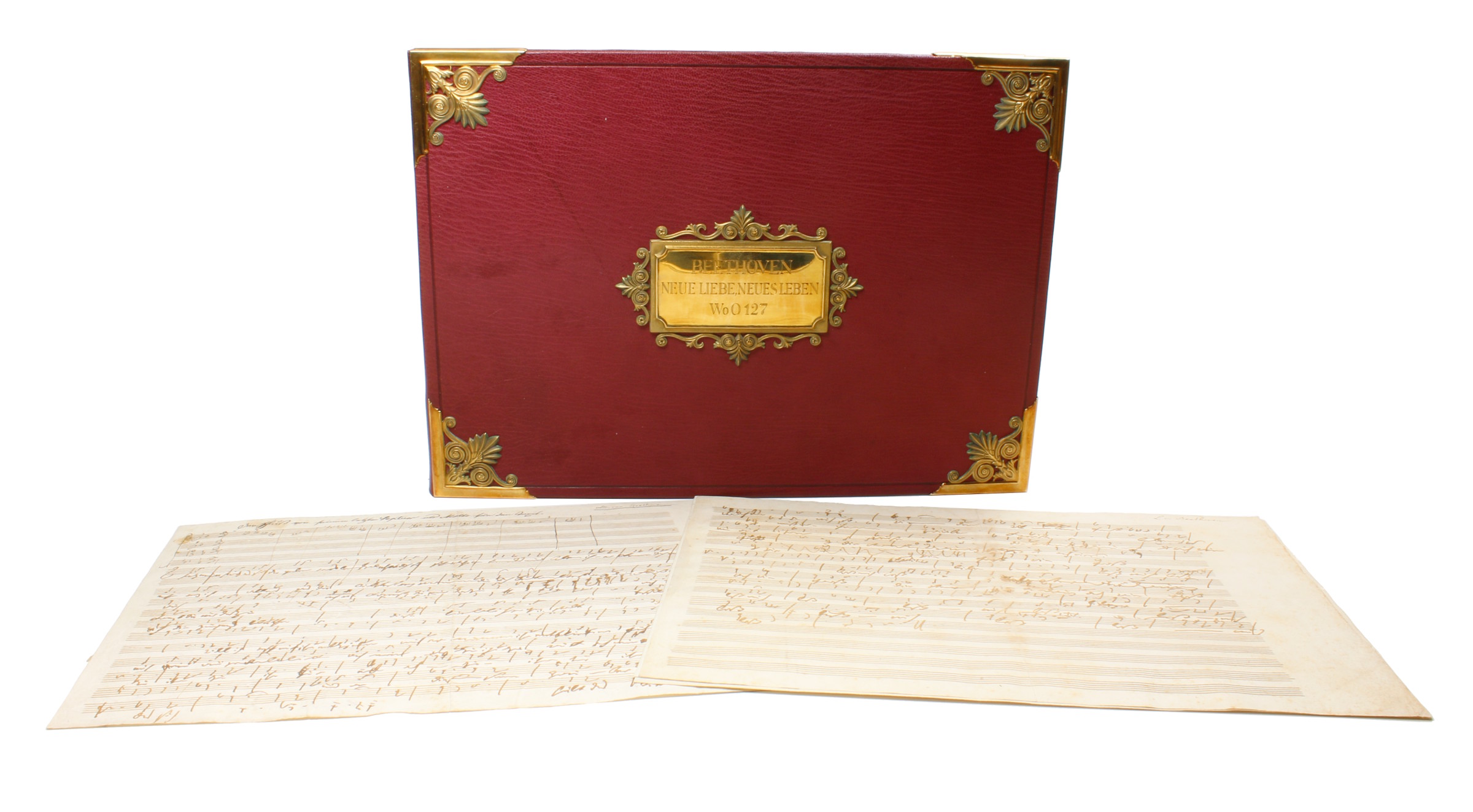
Erster Entwurf für das Lied "Neue Liebe, neues Leben" nach dem 1775 erschienenen Gedicht von Johann Wolfgang von Goethe, begonnen Ende 1798. Die vorliegende, in einem einzigen Zug in sehr flüchtiger, beinahe gehetzter Hand ausgeführte Skizze enthält bereits die Melodie mit dem Text, zwar noch ohne Vortragsbezeichnungen, doch mit sporadischen Basspassagen sowie Teilen der Klavierbegleitung am Versende; sie weicht mehrfach von der 1810 gedruckten Fassung ab. Am Kopf der ersten Seite finden sich, in anderer Tinte und Feder und die ersten vier Zeilen einnehmend, zusätzlich die ersten acht Takte des Finales von Beethovens Streichquartett Nr. 1 F-Dur (Op. 18 Nr. 1, komponiert zwischen 1798 und 1800, veröffentlicht 1801), nämlich die Violinstimme mit dem triolischen Thema.
Das Lied in der vorliegenden Fassung (WoO 127) wurde Anfang 1808, etwa ein Jahrzehnt nach dieser ersten Niederschrift, von Simrock in Bonn als erstes Stück der "III deutschen Lieder" in Druck gegeben, anscheinend ohne Erlaubnis des Komponisten. Beethoven überarbeitete seine Komposition anschließend (die mit "1809" datierte Handschrift jener Neufassung befindet sich heute im Beethoven-Haus Bonn) und veröffentlichte sie im Folgejahr bei Breitkopf & Härtel in Leipzig innerhalb der "Sechs Gesänge" (Op. 75, Nr. 2). "Il s'agit du monologue d'un amant que la rencontre d'un nouvel amour a bouleversé au point de ne plus savoir où il en est : sa tentation est alors de fuir ce qui le rend étranger à lui-même" (E. Brisson). Eine Abschrift jener Zweitfassung, deren erstes Blatt ebenfalls in Bonn aufbewahrt wird (dagegen der Rest großteils in der Pierpont Morgan Library in New York), schenkte Beethoven 1811 Bettina Brentano zu ihrer Hochzeit mit Achim von Arnim. Nohl hat darauf hingewiesen, dass die vorliegende erste Skizze mit ihren "theatralisch[en]", "arienhaften Floskeln" gegenüber der reduzierteren späteren Fassung noch etwas "Pompöses und Dunkelfärbiges" hat, und "wenn man dem drängenden Zuge folgt, der aus der offenbar mit innerster Erregung ohne Unterbrechung fliegend hingeworfenen Skizze auf das lebendigste spricht, so muß man unwillkürlich an einen noch leidenschaftlicheren Zustand denken, als welchen Bettina in Beethoven erregt haben mag" (S. 695).
Teils ganz unbedeutend braunfleckig, doch insgesamt sehr frisch. Beide Blätter oben rechts recto von fremder, wenig späterer Hand bezeichnet "L[ud.] v. Beethoven". Am Kopf der ersten Seite, in Tinte über Bleistift, die "räthselhafte Überschrift" (Nohl), ebenfalls von einer frühen fremden Hand: "Der Schluß von seinem letzten Septuor als Motto für den Text" (was sich offensichtlich auf Beethovens Septett, Op. 20, bezieht, das ebenfalls 1799 entstand; zu spekulativen Erklärungsversuchen siehe van der Zanden, S. 168).
Vor 1800 entstandene Beethoven-Manuskripte sind auf dem Markt von äußerster Seltenheit; keine andere vollständige eigenhändige Handschrift dieser Fassung ist bekannt. Die beiden Blätter bildeten ursprünglich ein einziges Doppelblatt im Besitz der Baronin Anna von Gleichenstein, der Schwester von Beethovens Freundin Therese Malfatti (bekannt als mögliche Widmungsempfängerin des Stücks "Für Elise"), das schon bald aufgeteilt wurde. Als Nohl 1865 das erste Blatt edierte, war schon nur mehr dieses im Gleichenstein'schen Besitz; es gelangte später ins Verlagsarchiv von Schott in Mainz und wurde 2002 bei Sotheby's in London verkauft (6. Dezember, Los 14: £65.725). Das zweite Blatt wurde 1968 im Katalog 136 von Hans Schneider in Tutzing angeboten (Nr. 37, DM 17.800; dann abermals in Kat. 142, Nr. 266 mit Abb. S. 45) und 1969 von einem Privatsammler erworben, der es 2011 bei Venator & Hanstein in Köln versteigern ließ (Kat. 118, Los 861: EUR 108.000). Nach der nunmehrigen Wiedervereinigung beider Blätter darf umso mehr gelten, was Hans Schneider vor über einem Halbjahrhundert von bloß den letzten 62 Takten sagen konnte: "Durch die hier von Beethovens Hand geschaffene Synthese seiner Musik mit einem Text von Goethe haben wir ein denkbar begehrenswertes wie wunderschönes Musikautograph" (Kat. 136, S. 37).


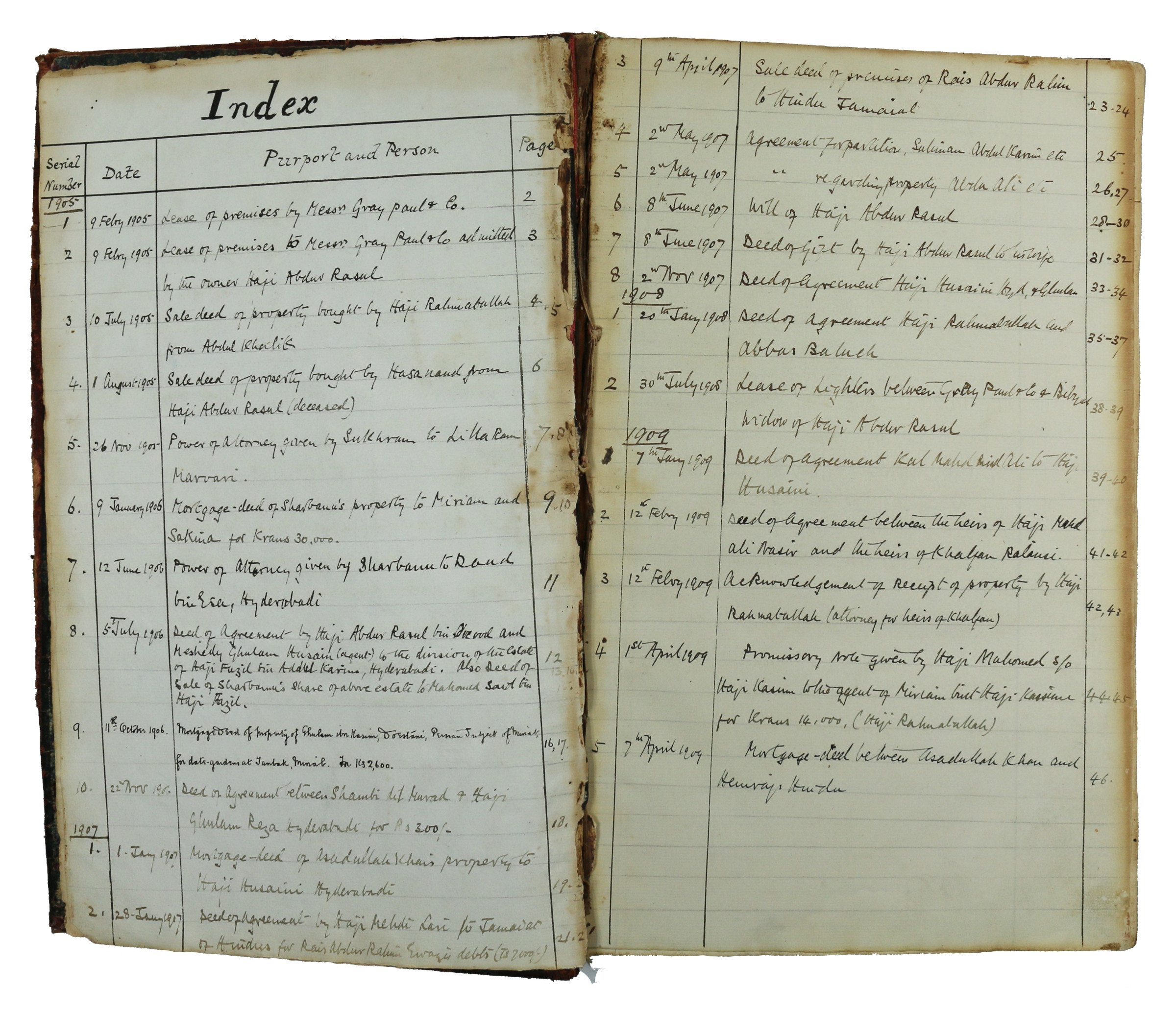
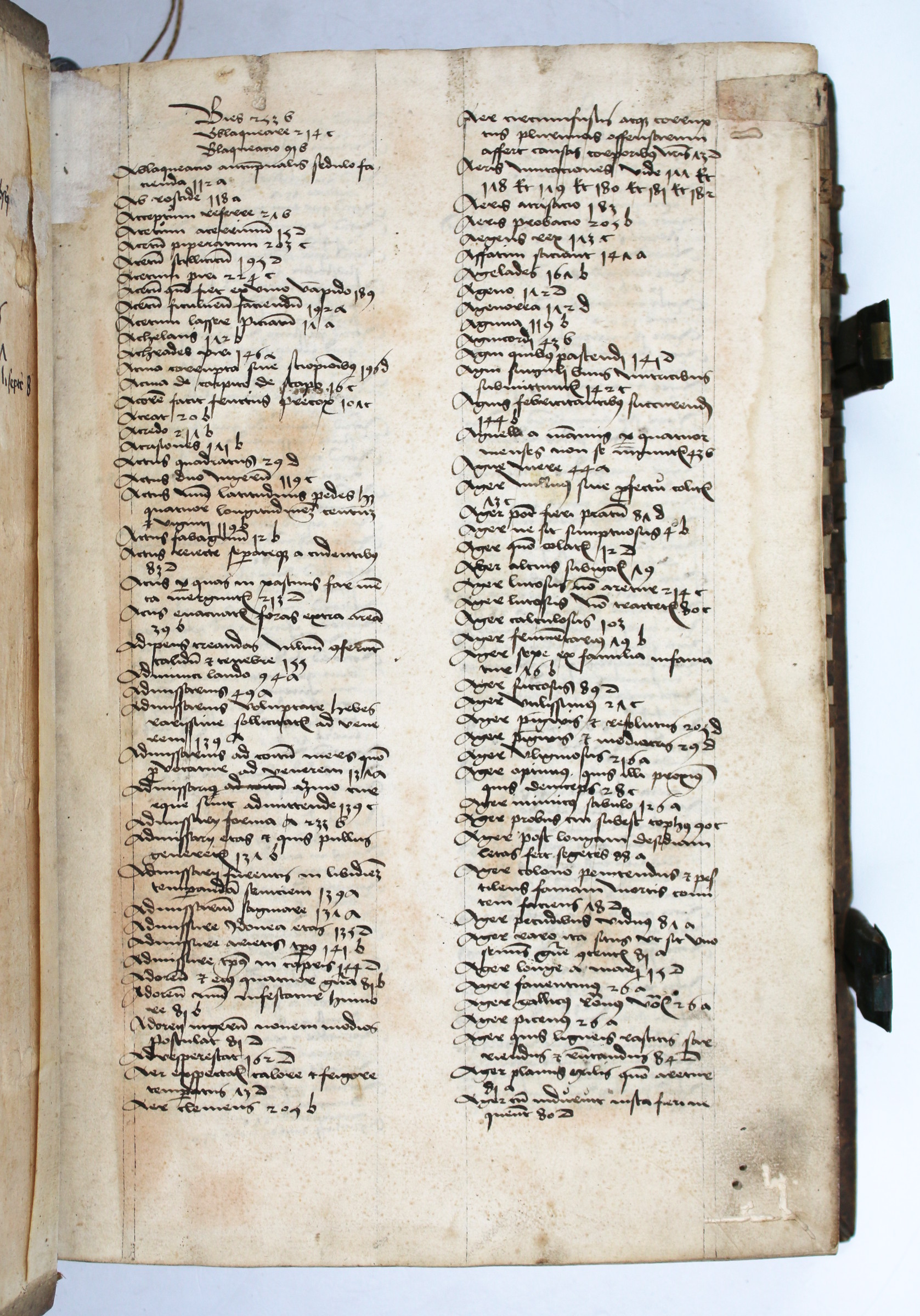
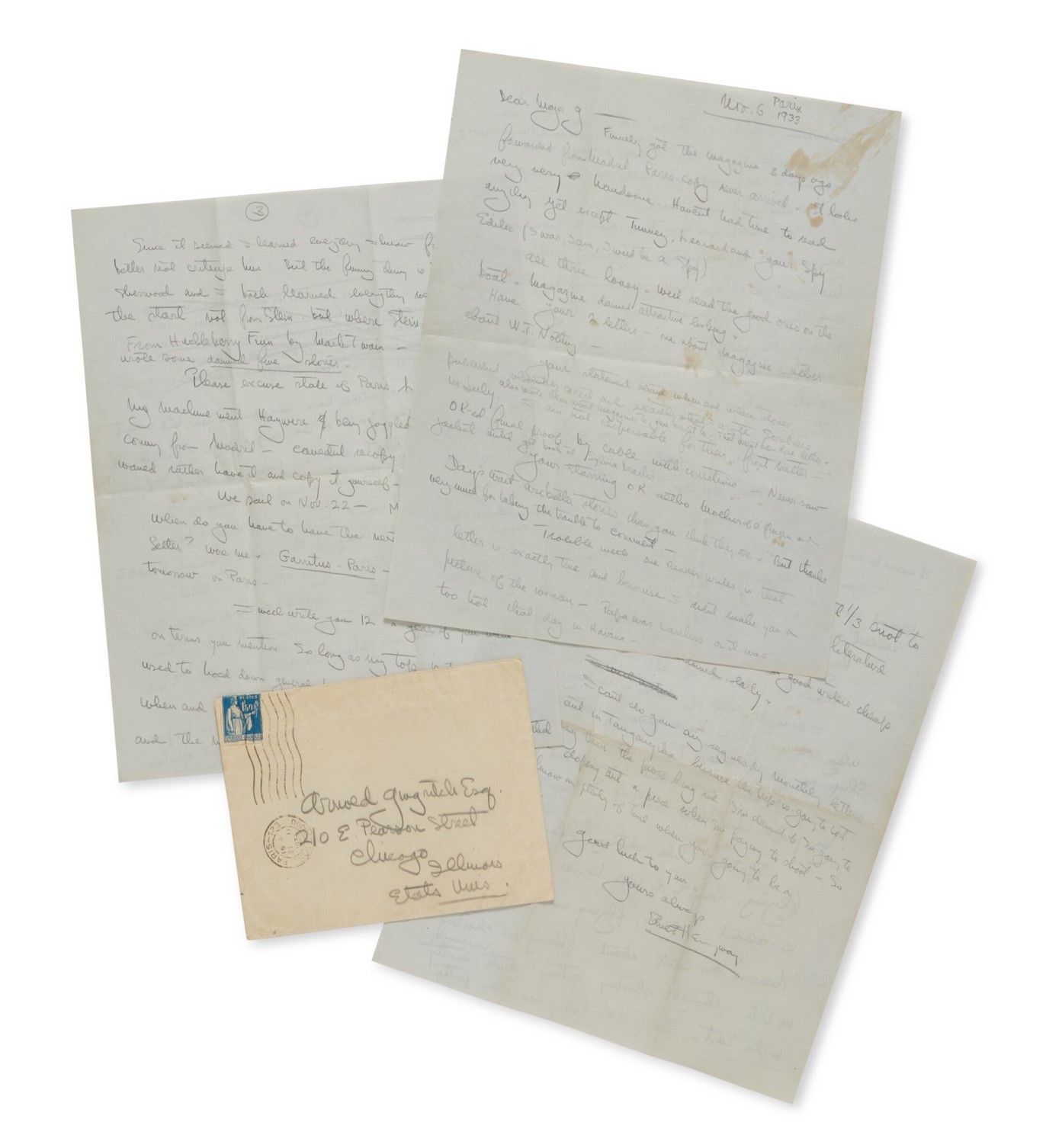

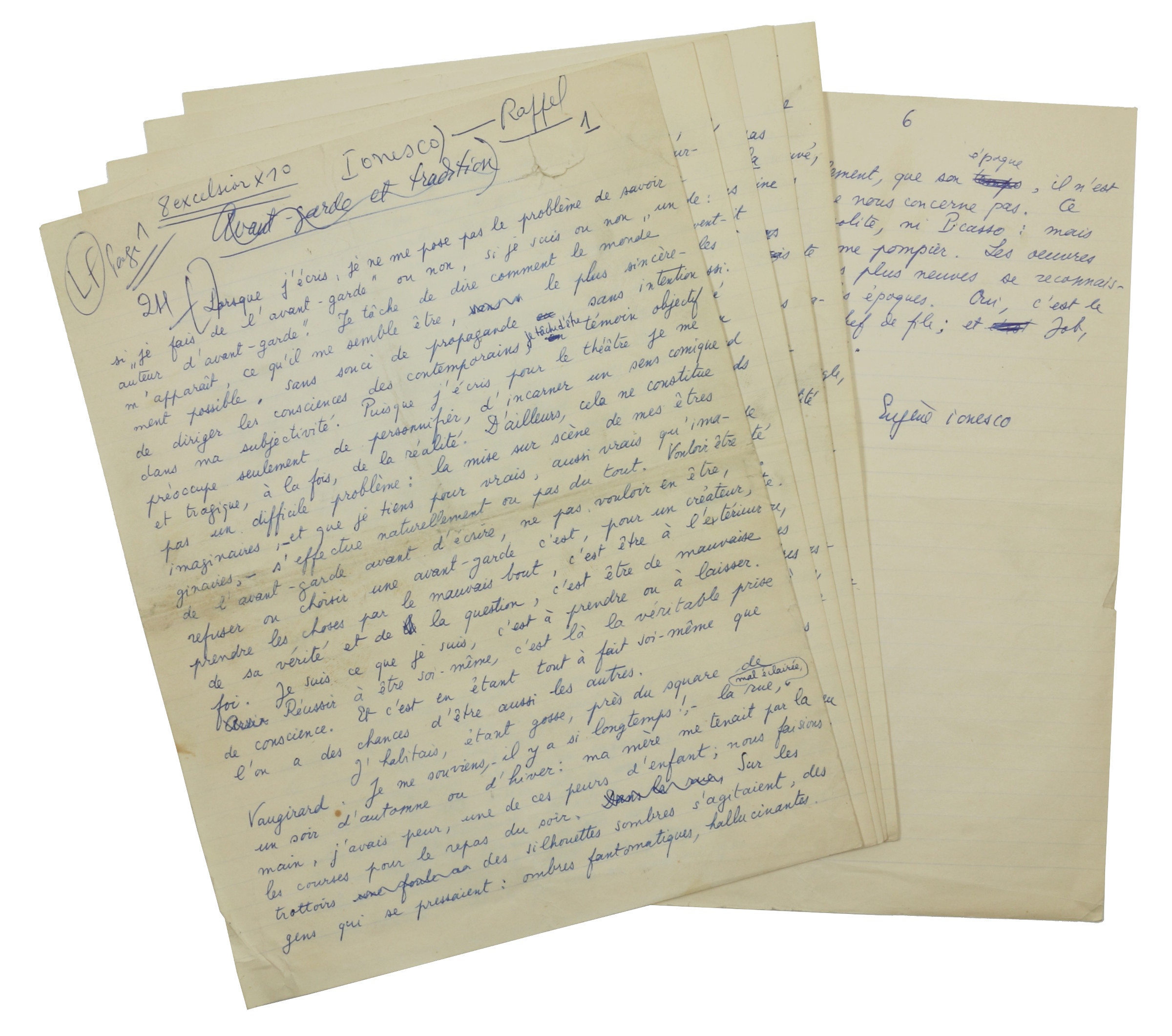
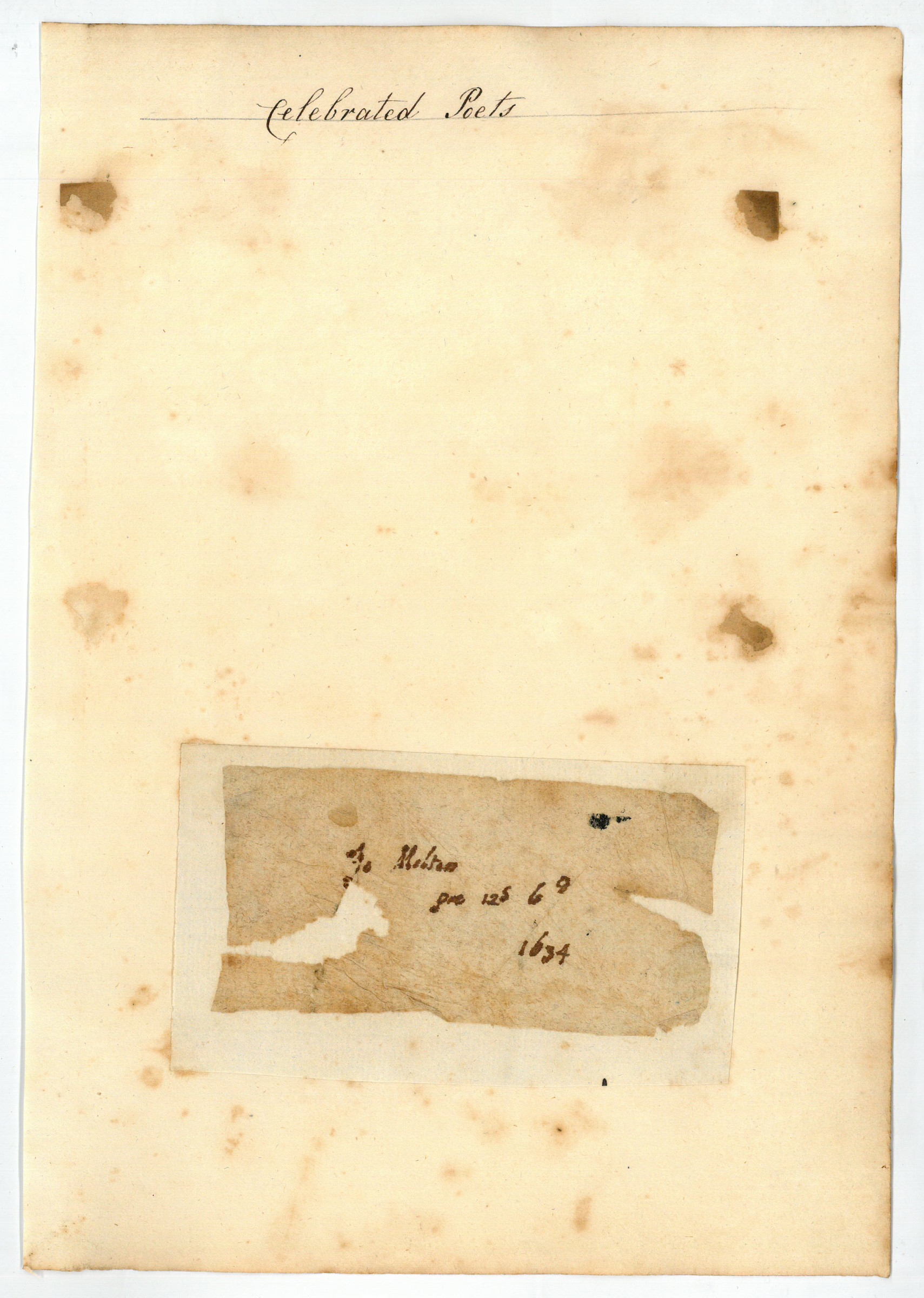

![Eliot, T[homas] S[tearns]](https://inlibris.com/wp-content/uploads/assets/authors/eliot-thomas-stearns.jpg)
